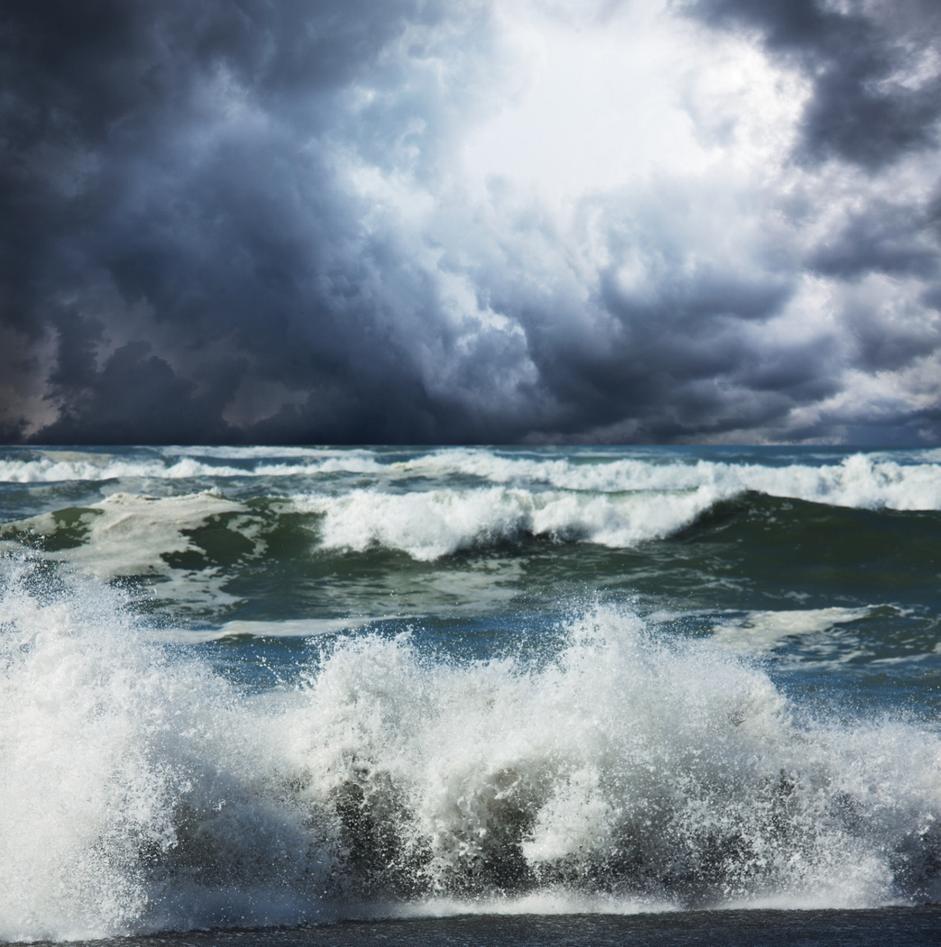Air-sea interaction
The complex air-sea interface sets the boundary conditions for physical and biogeochemical processes in adjacent boundary layers. The coupling between surface gravity waves, winds and currents play a key role in the global climate system.
Main content
The ocean surface is a complex boundary where air-sea fluxes of mass, momentum, and energy take place. Dynamics at the ocean surface is of crucial importance for ocean circulation and ecosystems in general. By utilizing fine to small scale ocean measurements, satellite observations and theoretical and numerical methods, the coastal and small-scale oceanography research group aims to improve the understanding of the surface boundary layer.
Physical ocean properties and variables near the sea surface, particularly dynamical quantities such as currents, turbulence, turbulent fluxes and gas exchanges are strongly influenced by ocean surface waves. On-going research includes the link between forcing and turbulent mixing in the surface boundary layer, the effect of surface waves and wave-induced currents in evolution of the ocean mixed layer, the effect of air-sea interaction processes on movement of measurement platforms. The latter relates to the structural behaviour and fatigue of off-shore wind turbines (see the Norwegian Centre for Offshore Wind Energy, NORCOWE), and also for developing correction algorithms for data collected from moving platforms.
